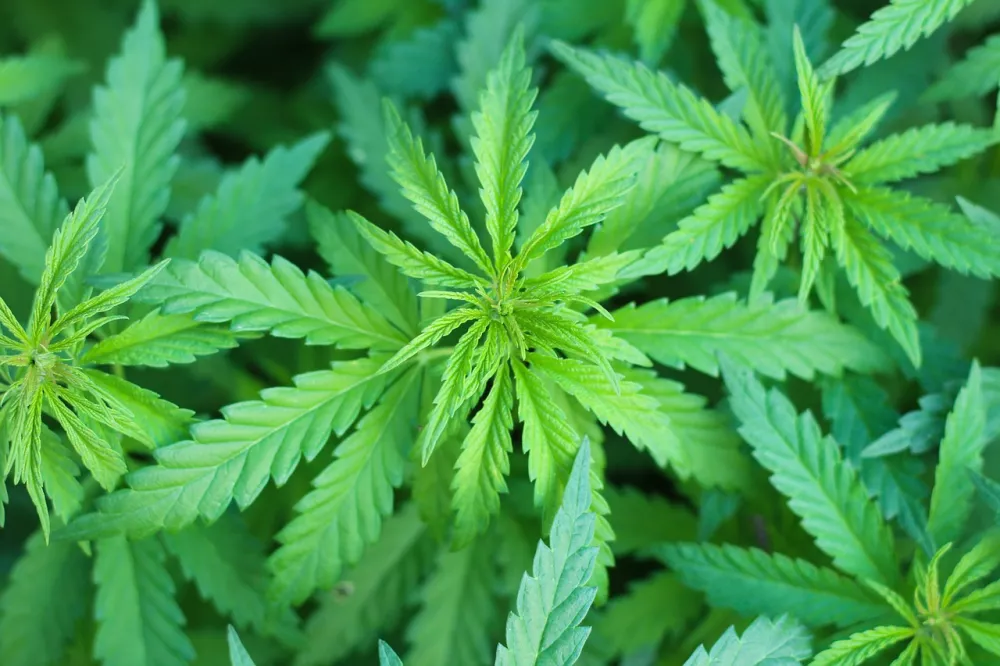Netherlands (Holland) Guide 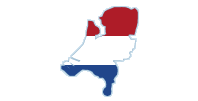
The Netherlands - a country of windmills, cycling, canals, tulips, clogs and famous coffee shops. But also top politicians and many institutions of the European Union. Which attraction has caught your attention? Our online guide will advise you on which Dutch destination to go to, where to stay and what not to miss there.
Amsterdam - The capital of the Netherlands is famous for its picturesque canals, historic houses and lively cultural scene. It offers a unique combination of museums, such as the Rijksmuseum and the Van Gogh Museum, and the relaxed atmosphere of local cafes and bike paths.
The Hague - Home to the Dutch government, the royal family and the International Court of Justice. In addition to its political importance, it offers beautiful beaches on the North Sea and museums, such as the Mauritshuis, where you can find famous works by Dutch masters.
Rotterdam - A modern port city known for its avant-garde architecture, such as cube houses and the iconic Erasmusbrug bridge. Thanks to its dynamic cultural life and innovative atmosphere, it is considered one of the most cosmopolitan metropolises in the Netherlands.
Utrecht - A historic city in the heart of the Netherlands, famous for its picturesque canals with terraces on their banks. The city's landmarks include the Domtoren, the tallest church tower in the country, which symbolizes the city's rich history and cultural importance.
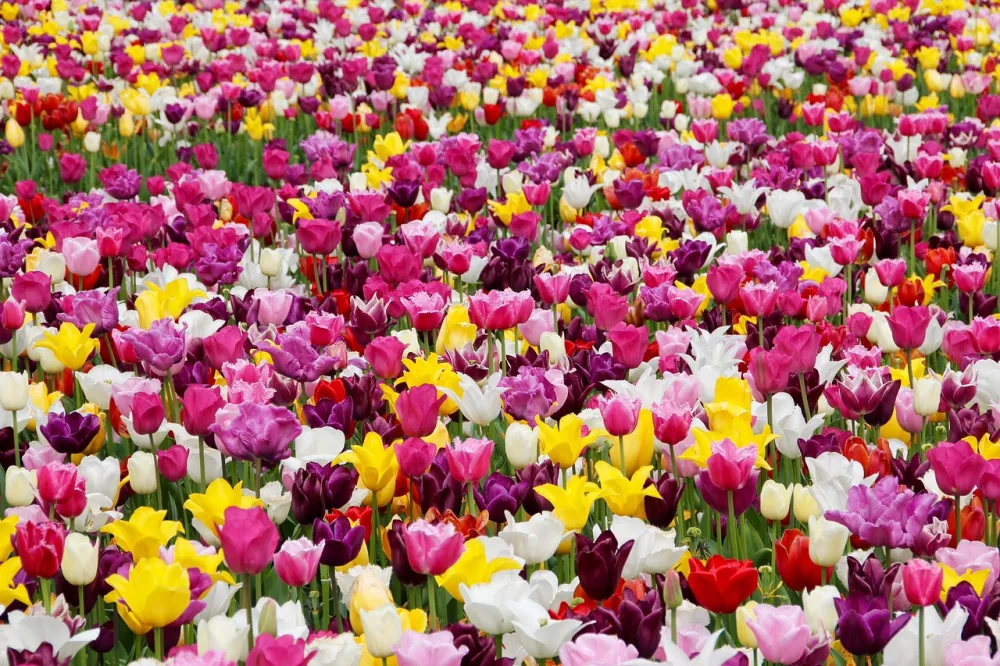
The Netherlands, officially known as the Kingdom of the Netherlands, is a small but important country in Western Europe, famous for its fascinating landscape full of canals, windmills, tulip fields and historic cities. The capital, Amsterdam, is the cultural and economic center of the country. The Hague is the seat of government and the royal family. With an area of approximately 41,543 km² and a population of around 17.5 million people, the Netherlands is one of the most densely populated countries. The language spoken here is Dutch, and in the province of Friesland, Frisian.
The Netherlands has a rich history that dates back to ancient times, when it was inhabited by Celts and Germans. During the Middle Ages, it belonged to the Holy Roman Empire. It only gained its independence in the 16th century after a long struggle with Spain. The 17th century, known as the Dutch Golden Age, was a period of maritime dominance and cultural flourishing. During this time, works by painters such as Rembrandt, Vermeer and later Vincent van Gogh were created. In the 20th century, the Netherlands played a key role in European integration and became a founding member of NATO, the UN and the EU.
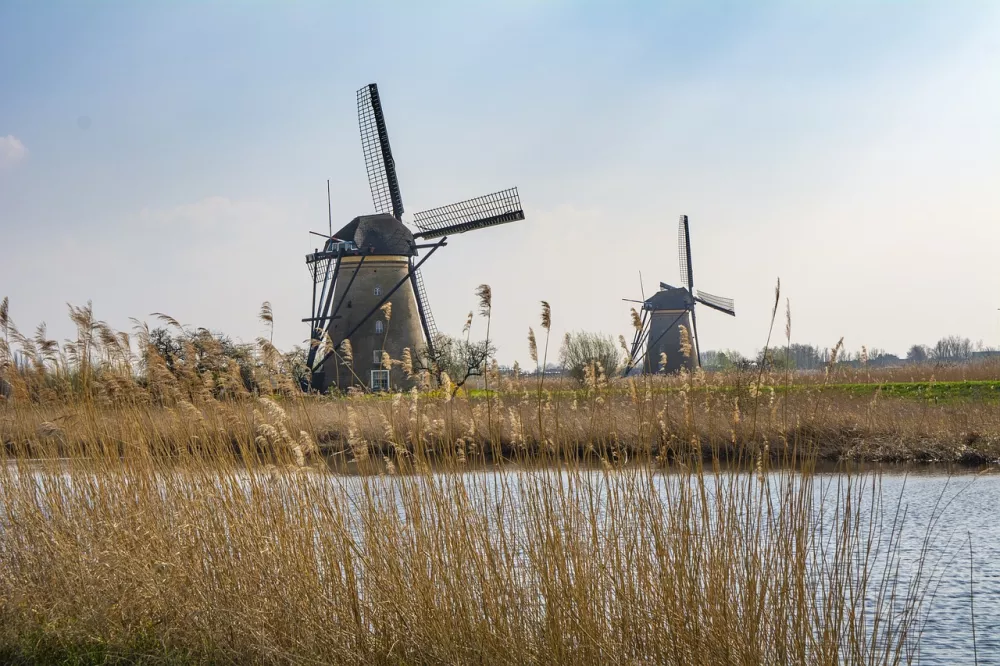
Much of the country lies below sea level, which was made possible by ingenious water management projects such as dikes, polders and canals. The port of Rotterdam is one of the largest ports in the world and an important part of the global economy. Agricultural products, including flowers, cheese and dairy products, are exported from here.
Amsterdam offers a number of museums, including the Van Gogh Museum and the Rijksmuseum, while Zaanse Schans attracts tourists with its historic windmills. The tulip gardens at Keukenhof are among the most famous natural attractions. The Dutch love cycling, which is supported by an extensive network of cycle paths.
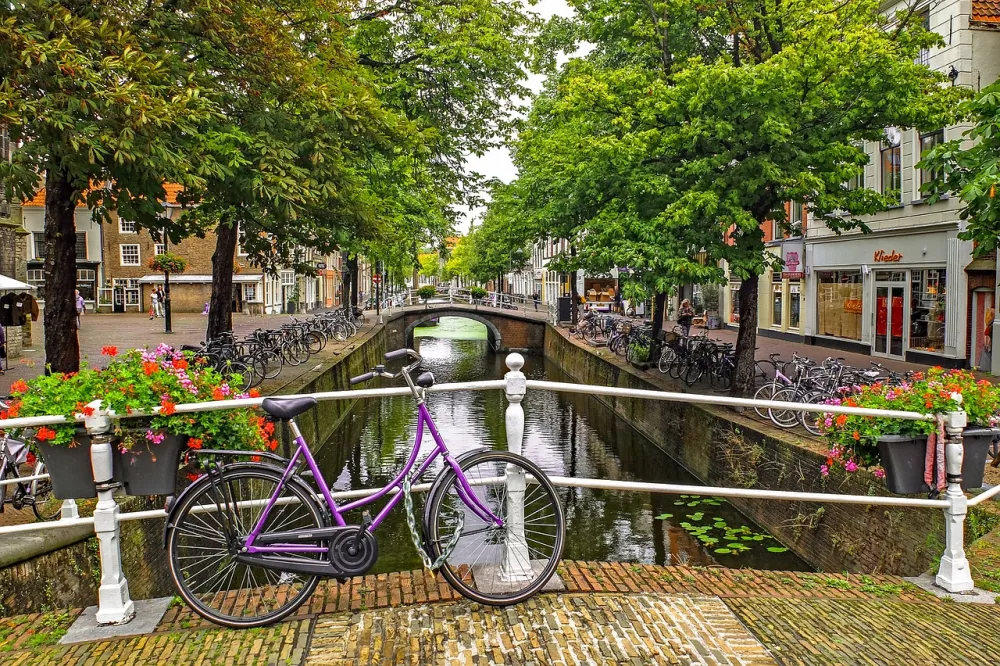
Visitors will be delighted by the pleasant climate, especially in spring, when the country blooms in beautiful colors. Traveling around the Netherlands is easy thanks to an excellent network of trains and buses.
The country is famous for its traditional clogs, cheeses like Gouda and Edam, and celebrations like King's Day, which falls on April 27.
The younger generation is attracted to the Netherlands by coffee shops, where they can legally buy soft drugs like marijuana or hashish.
